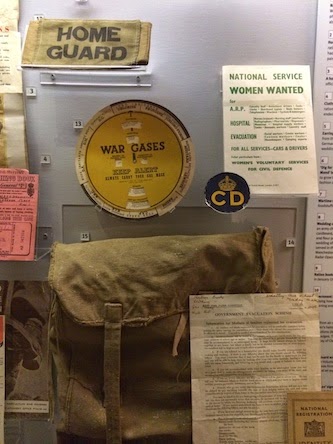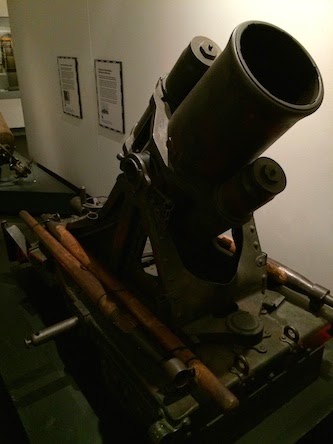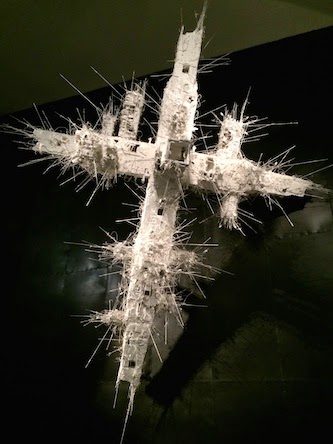Last Monday, our first full day in Manchester, England, was the 100 year anniversary of the start of World War I. We didn’t plan it, it just worked out that way, so serendipity allowed us to participate in the lights-out moment all across Britain. The War To End All Wars, of course, didn’t actually start on a single day. It was more like a storm gathering force and spreading around the world, touching different countries at different times. This was the centenary of Britain’s entrance to the war.
Shortly after the war’s end, the British government founded the Imperial War Museum to collect artifacts and stories from the war. The museum’s efforts have continued to this day, resulting in both a museum system across Britain, of which the Imperial War Museum North in Manchester is a part, and an impressive collection of materials from armed conflicts for the past century.
This was likely the most moving museum experience we have ever encountered. It seems a challenge to accurately present the horrors of war without either glorifying it or politicizing it. The only way to do it is just to tell the historical facts, which the Imperial War Museum North does exceedingly well.
 |
| A Display of British Home Guard Artifacts from WWI |
 |
| A German Trench Mortar from WWI |
Two things struck us during our visit. First, that the World Wars were a much different experience for Europeans than it was for Americans. This wasn’t really news to us, of course, and we know that war is totally different when it’s conducted in your own backyard. The American sacrifices were indeed high, and we don’t mean to diminish that fact, but the difference became clear, became entirely poignant, as we read about how British parents sent their children out of the cities and to the countryside where they would be safe. Our parents were children during WWII, and we remember their stories of rations and relatives sent across the oceans to fight, but absent from their stories were tales of children fleeing American cities to survive. For England, it was the last line of defense to ensure the future of their nation.
The second observation to strike us during our visit was that war requires a commoditization of human life. Millions of people died in each of the world wars, millions more were affected, millions more displaced. At no time is the price and value of life more cheap than in war. Yet millions of soldiers volunteered to pay the price because they believed there was–or is–something even more valuable, something worth dying for.
It’s this equation, this concept that there are some things worth dying for, that gives strength to the survivors: the parents, the spouses, and the children left behind.
 |
| Gerry Judah’s “The Crusader”, Sculpture at the Imperial War Museum North, Manchester |







